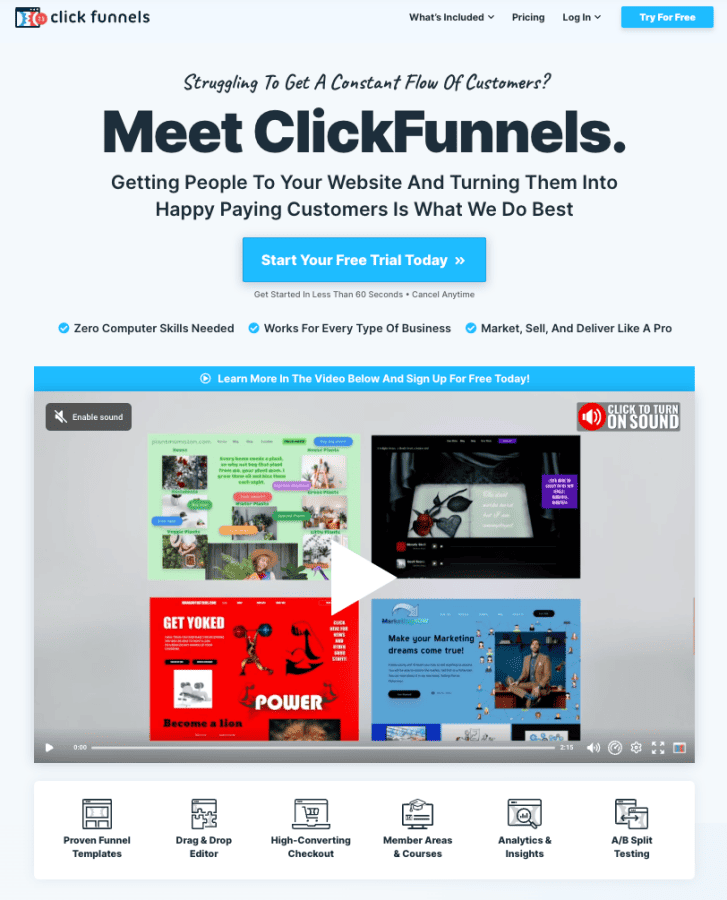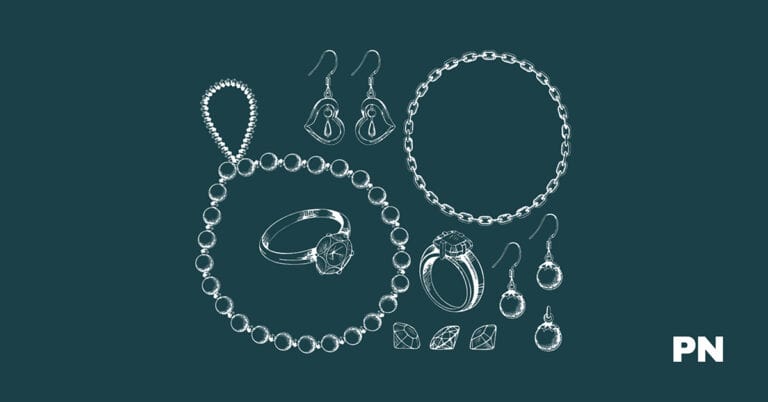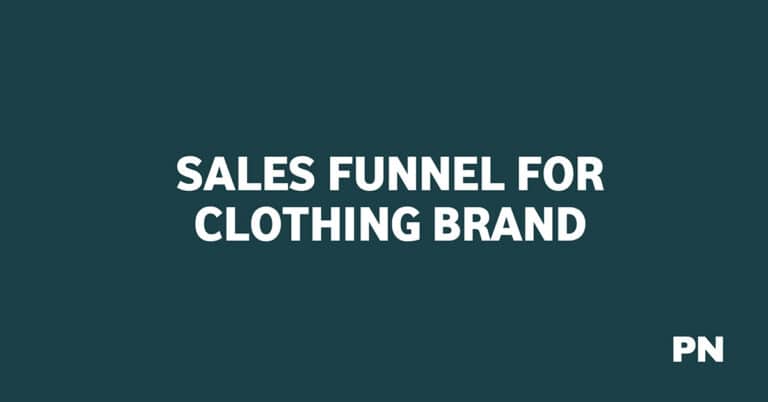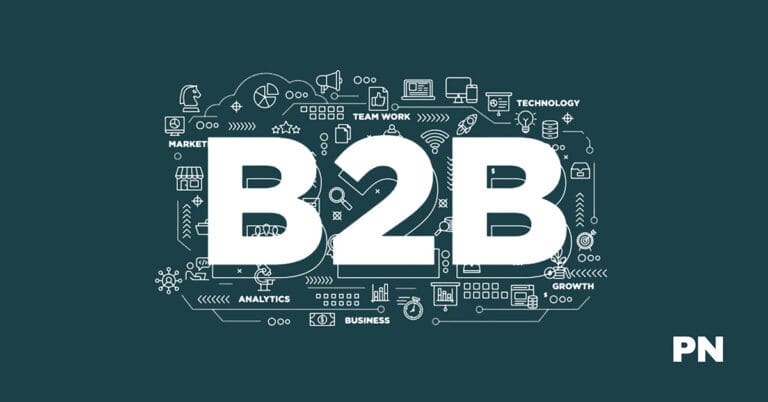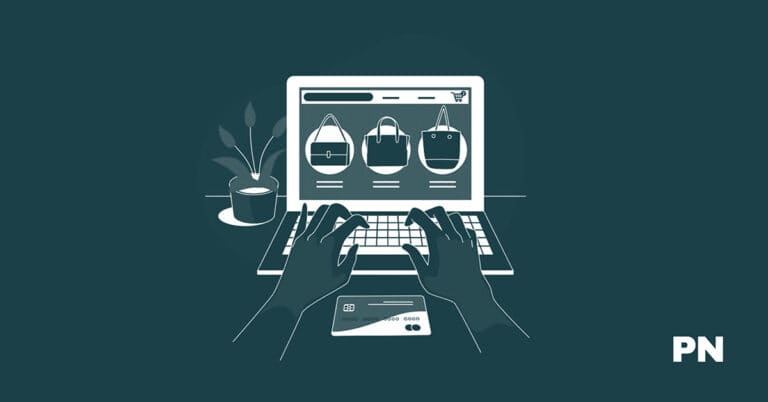Sales Funnel for Company Guide

A sales funnel is critical to any business, and it is essential to understand how it works properly.
A sales funnel is a series of steps a potential customer follows to become a paying customer. The process involves creating awareness, building interest, deciding, and acting.
Incorporating a sales funnel into your company’s marketing strategy is crucial to increase conversion rates and maximize profits.
By clearly understanding the sales funnel, you can tailor your marketing efforts to each stage of the funnel, resulting in a more efficient and effective marketing campaign.
In this guide, I will comprehensively understand sales funnels and how to implement them in your company’s marketing strategy.
I will cover the different stages of the funnel, common myths associated with sales funnels, and tips on optimizing your funnel to increase your company’s revenue.
What is a Company Sales Funnel?

A company sales funnel visually represents a potential customer’s stages before purchasing. It is a powerful tool that helps businesses understand their customers’ journeys and optimize their marketing and sales efforts accordingly.
The sales funnel typically consists of four stages: awareness, Interest, Decision, and Action. At each stage, potential customers have different needs and expectations, and it is the business’s job to provide them with the correct information and incentives to move them to the next stage.
Here is a breakdown of each stage of the company sales funnel:
Awareness
At the top of the funnel, potential customers become aware of your brand and products. They may have seen an ad, heard about your company from a friend, or stumbled upon your website through a Google search. This stage aims to capture their attention and interest them in learning more about your company.
Interest
Once potential customers know about your company, they will show interest in your products or services. They may browse your website, read your blog, or sign up for your newsletter.
This stage aims to provide valuable information that helps them understand how your products or services can solve their problems or meet their needs.
Decision
At this stage, potential customers have decided that they are interested in your products or services and are considering purchasing. They may compare your offerings with competitors, read product reviews, or request a demo. This stage aims to convince them that your company is their best choice.
Action
The final stage of the sales funnel is when the potential customer takes action and purchases. This could be anything from signing up for a free trial to buying a product or service outright. This stage aims to make the buying process as smooth as possible so that the customer is happy with their purchase and more likely to become a repeat customer.
By understanding the different stages of the company sales funnel and optimizing your marketing and sales efforts accordingly, you can increase your conversion rates and grow your business.
Why You Need a Company Sales Funnel?
If you’re running a company, you need a sales funnel. A sales funnel visually represents the customer journey from initial awareness to purchase. It’s a tool that helps you track the progress of your potential customers and identify areas where you can improve your sales process.
A sales funnel can benefit your company in many ways. First and foremost, it can help you increase your brand awareness.
By creating a sales funnel, you can identify the key touchpoints in your marketing and sales process and optimize them to ensure that your brand is consistently represented in a positive light.
Secondly, a sales funnel can help you streamline your sales process. By tracking the progress of your potential customers, you can identify areas where they are getting stuck or dropping off and make changes to your process to address those issues. This can help you close more deals and increase your revenue.
Thirdly, a sales funnel can help you build stronger customer relationships. By understanding their needs and preferences at each stage of the funnel, you can tailor your messaging and offers to meet their needs better.
This can help you build trust and loyalty, leading to repeat business and referrals.
A company sales funnel is essential for any business looking to increase brand awareness, streamline its sales process, and build stronger customer relationships. Creating a sales funnel and optimizing it over time can improve your sales performance and grow your business.
Stages of the Company Sales Funnel
Businesses need to be aware of several stages of sales funnels. Understanding each stage can help optimize your sales process and improve conversion rates. In this section, we’ll examine the different stages of the sales funnel and how you can maximize each.
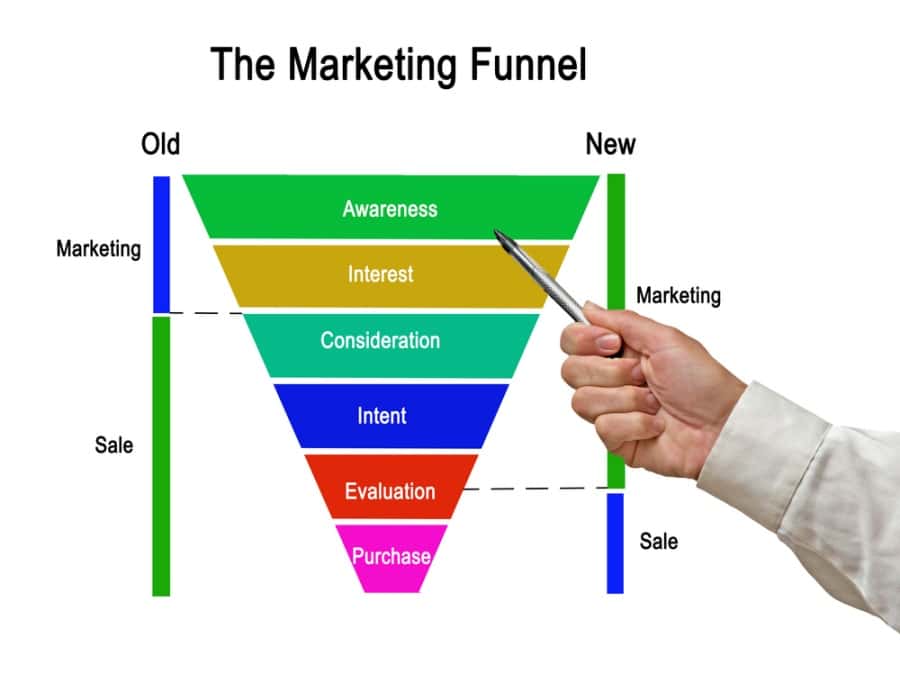
The Awareness Stage (Top of the Funnel, TOFU)
The first stage of the sales funnel is the awareness stage. This is where potential customers become aware of your brand and what you offer. Your goal at this stage is to create brand awareness and generate interest in your products or services.
You must create content that speaks to your target audience to do this. This can include blog posts, social media content, videos, and other content your audience will likely engage with. The key is to create informative, engaging, and relevant content for your target audience.
The Consideration/Evaluation Stage (MOFU)
In the consideration/evaluation stage, potential customers consider your products or services in more detail. At this stage, you aim to provide more detailed information about your products or services and convince potential customers that you are the right choice.
To do this, you must create content highlighting the benefits of your products or services and providing detailed information about how they work.
You can also create case studies and customer testimonials to provide social proof and show potential customers that others have succeeded with your products or services.
Purchase Stage (Bottom Of The Funnel)
In the purchase stage, potential customers decide to purchase your products or services. At this stage, you aim to make the purchasing process as easy and seamless as possible.
You must provide transparent pricing information, product descriptions, and an easy-to-use checkout process to do this. You can also offer incentives such as free shipping or discounts to encourage customers to purchase.
Post-Purchase Stage
The post-purchase stage is where you follow up with customers after they have made a purchase. At this stage, you aim to provide excellent customer service and ensure customers are satisfied with their purchase.
To do this, you can send follow-up emails, provide customer support, and ask for feedback. This will help you build a relationship with your customers and increase the likelihood of repeat business.
Repeat Purchase Stage
The final stage of the sales funnel is the repeat purchase stage. This is where you encourage customers to make repeat purchases and become loyal.
To do this, you must provide excellent customer service and continue engaging with your customers. You can also offer incentives such as loyalty programs or discounts for repeat purchases.
The company sales funnel is a powerful tool for attracting new clients and building long-term relationships. Understanding the different sales funnel stages is essential for any business looking to improve its sales process. Creating content that speaks to your target audience, providing detailed information about your products or services, and offering excellent customer service can optimize your sales funnel and increase your conversion rates.
How Do I Create a Company Sales Funnel?
Creating a sales funnel for your company can be daunting, but it is essential for your business’s growth and success. A well-designed sales funnel can help you attract potential customers, nurture them, and convert them into loyal customers.
Here are some steps to help you create a company sales funnel:
- Define Your Target Audience: The first step in creating a sales funnel is to define your target audience. Who are your ideal customers? What are their pain points, needs, and desires? Understanding your target audience will help you create relevant, compelling content that resonates with them.
- Create Awareness: Once you have defined your target audience, the next step is to create awareness about your brand and products. You can use various marketing channels, such as social media, email marketing, content marketing, and paid advertising, to attract potential customers to your website or landing page.
- Capture Leads: Once you have attracted potential customers to your website or landing page, the next step is to capture their contact information. You can use lead magnets such as e-books, webinars, or free trials to entice them to share their contact information.
- Nurture Leads: After capturing leads, the next step is to nurture them with relevant and valuable content. You can use email marketing, retargeting ads, and social media to keep your brand in mind and provide them with the information they need to make an informed purchase decision.
- Convert Leads into Customers: The final step in the sales funnel is to convert leads into customers. You can use special offers, discounts, and personalized recommendations to encourage them to purchase. Making the purchase process as easy and seamless as possible is essential to reduce friction and increase conversion rates.
Creating a company sales funnel requires a clear understanding of your target audience, effective marketing channels, lead capture strategies, lead nurturing tactics and conversion optimization techniques. By following these steps, you can create a sales funnel that attracts, nurtures, and converts potential customers into loyal customers.
What is The Best Funnel Software for Companies?
Several options are available when choosing the best sales funnel software for your company. However, ClickFunnels stands out as the best software. It is an all-in-one solution that helps businesses build sales funnels faster and easily scale/grow their business.
One of ClickFunnels’ special features is its easy-to-use drag-and-drop editor, which allows you to create beautiful, high-converting landing pages and sales funnels in minutes. This feature is essential for companies that want to save time and resources on building sales funnels.
Another feature that makes ClickFunnels the best sales funnel software for companies is its ability to create upsells and downsells. This feature allows you to increase your revenue by offering additional products or services to your customers after they purchase.
ClickFunnels also provides free funnel templates that you can customize to fit your business needs.
ClickFunnels also has a built-in shopping cart and checkout system that makes purchasing easy for your customers. This feature is essential for companies that want to provide a seamless buying experience for their customers.
In addition, ClickFunnels provides a customer relationship management (CRM) system that helps you manage your customer data and interactions. This feature is essential for companies wanting to build long-term customer relationships.
Frequently Asked Questions
What is a funnel in company business?
A funnel visually represents the customer journey from initial awareness to purchase in a company. It is used to track potential customers’ progress through various sales process stages.
What are the key stages in developing a company sales funnel?
The key stages in developing a company sales funnel are awareness, interest, consideration, and decision. These stages represent the different points in the customer journey and help businesses understand where potential customers are in the buying process.
How do you create an effective company sales funnel?
To create an effective company sales funnel, you must understand your target audience, create compelling content, and use the proper marketing channels to reach potential customers. It would be best to focus on providing value to customers at each stage of the funnel.
How can I optimize my company funnel for higher conversion rates?
To optimize your company funnel for higher conversion rates, you should improve the customer experience, provide personalized content, and use data to make informed decisions. You should also test different strategies and tactics to see what works best for your business.
What metrics are crucial for analyzing the performance of a company funnel?
Crucial metrics for analyzing the performance of a company funnel include conversion rates, customer acquisition costs, customer lifetime value, and average order value. These metrics help businesses understand how well their funnel is performing and where they need to make improvements.
What are the stages of the company funnel?
The stages of the company funnel are awareness, interest, consideration, and decision. These stages represent the different points in the customer journey and help businesses understand where potential customers are in the buying process.
How do industry benchmarks influence company conversion funnel performance?
Industry benchmarks can influence company conversion funnel performance by providing businesses with a standard for comparison.
By understanding how well their funnel is performing compared to industry benchmarks, companies can identify areas for improvement and make data-driven decisions to optimize their funnel.
Wrapping Up
In conclusion, creating an effective sales funnel is crucial for any business looking to increase its revenue and grow its customer base. By understanding the different stages of the funnel and implementing them effectively, you can attract more leads, improve conversion rates, and boost customer retention.
To start building your sales funnel, identify your target audience and understand their needs and pain points. This will help you create content that resonates with them and attracts them to your brand.
Next, build relationships with your leads by providing valuable information and engaging them through social media and email marketing. This will help you move them through the funnel and closer to making a purchase.
Finally, don’t forget to continuously optimize your funnel by analyzing your data and making changes as needed. This will ensure that your funnel always performs at its best and drives the most revenue for your business.
By following these steps and staying committed to your sales funnel, you can achieve long-term success and growth for your business.
Disclosure: We may earn commissions if you buy via links on our website. Commissions don’t affect our opinions or evaluations. We’re also an independent affiliate of many platforms, including ClickFunnels, Kartra, GoHighLevel, Podia, Northwest Registered Agent, and others. We’re not employees of these services. We receive referral payments from them, and the opinions expressed here are our own and are not official statements of these companies.
